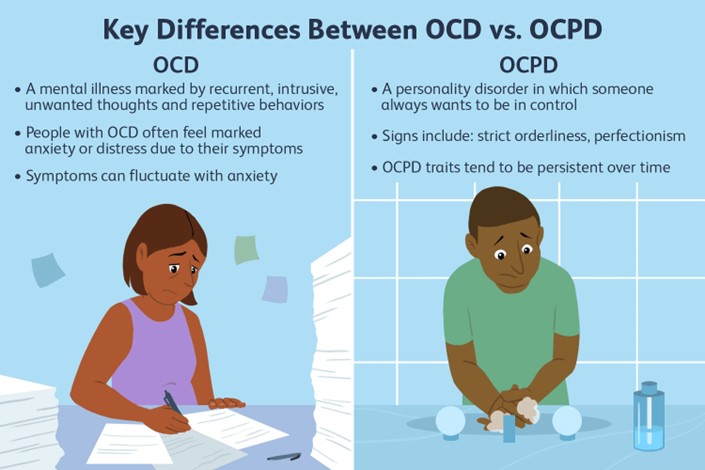Prior to giving digoxin, the practical nurse (PN) assesses that a 2-month-old infant's heart rate is 120 beats/minute. Based on this finding, which action should the PN take?
Hold the medication and recheck the heart rate in l hour.
Administer the medication and document the heart rate.
Administer the medication and alert the charge nurse.
Hold the medication and document cardiac assessment.
The Correct Answer is B
Digoxin is a medication used to treat various heart conditions, such as abnormal heart rhythms and heart failure. It works by improving the strength and efficiency of the heart, or by controlling the rate and rhythm of the heartbeat.
One of the important things to monitor when giving digoxin to an infant is the pulse rate. Digoxin can lower the heart rate, which can be dangerous if it becomes too slow. Therefore, the pulse rate should be checked for one full minute before administering digoxin, and the medication should be held if the pulse rate is below 90 beats per minute (bpm) for an infant.
In this case, the infant’s heart rate is 120 bpm, which is within the normal range for a 2-month-old. Therefore, the correct action for the PN to take is to administer the medication and document the heart rate. This is option b in the list of choices. Option a is incorrect because there is no need to hold the medication or recheck the heart rate in one hour. Option c is incorrect because there is no need to alert the charge nurse unless there is a problem with the infant’s condition or the medication. Option d is incorrect because holding the medication and documenting cardiac assessment is not appropriate for a normal heart rate.
Nursing Test Bank
Naxlex Comprehensive Predictor Exams
Related Questions
Correct Answer is A
Explanation
The injury description by the mother varies from the child's version.
Choice A rationale:
The practical nurse (PN) should note the significant indicator of possible child abuse, which is the discrepancy between the mother's description of the injury and the child's version. In cases of child abuse, perpetrators often provide inconsistent or conflicting explanations about how the injuries occurred, raising suspicion of maltreatment. This inconsistency can be a red flag for the PN to further assess the situation and, if necessary, report concerns to the appropriate authorities.
Choice B rationale:
While the child looking at the floor when answering questions might be a behavior worth noting, it alone is not a definitive indicator of child abuse. Children may exhibit various emotional responses for various reasons, and it requires further assessment to determine if there are signs of abuse.
Choice C rationale:
The healing of abrasions on the child's arms, legs, and chest does not necessarily indicate child abuse. Children are active and prone to minor injuries, which are a normal part of growing up. The PN should investigate further to determine the cause of the injuries.
Choice D rationale:
The mother describing in detail what she did for her injured child does not automatically suggest child abuse. It is essential for the PN to gather more information and conduct a comprehensive assessment before drawing any conclusions.
Correct Answer is C
Explanation
This is the most important information for the PN to ask because it assesses the client's risk for self-harm and suicidal ideation. The client's statements indicate hopelessness, low self-esteem, and impaired functioning, which are potential warning signs of suicide. The PN should ask the client directly about any thoughts or plans of harming themselves and provide support and safety measures as needed.

A. Questioning about which rituals are most often used to reduce anxiety is not a priority and may reinforce the client's compulsive behavior.
B. Asking if the obsessions and compulsions interfere with sleep is not a priority and may not address the client's emotional distress.
D. Determining what makes the client think people are laughing is not a priority and may not be helpful for the client's perception of reality.
Whether you are a student looking to ace your exams or a practicing nurse seeking to enhance your expertise , our nursing education contents will empower you with the confidence and competence to make a difference in the lives of patients and become a respected leader in the healthcare field.
Visit Naxlex, invest in your future and unlock endless possibilities with our unparalleled nursing education contents today
Report Wrong Answer on the Current Question
Do you disagree with the answer? If yes, what is your expected answer? Explain.
Kindly be descriptive with the issue you are facing.
